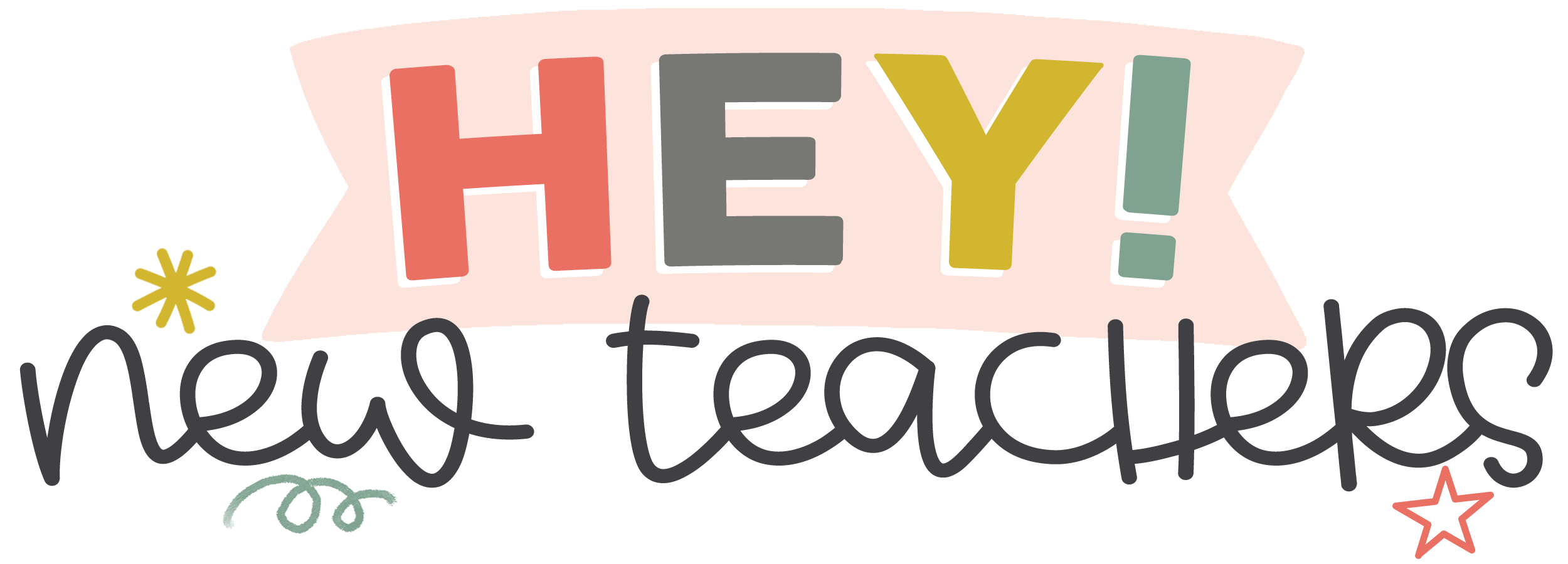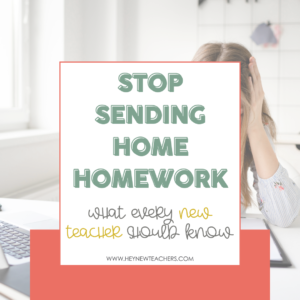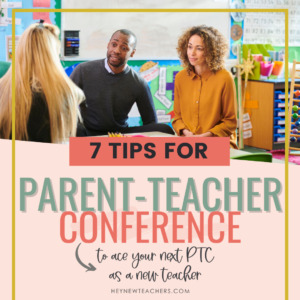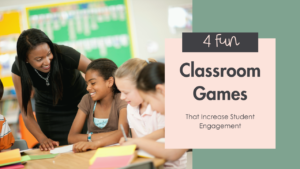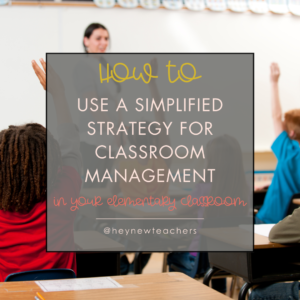5 Strategies For Student Engagement to Engage ALL Learners
As a dedicated teacher, empowering your students to not only be present but fully engaged is a top priority. In this blog post, we will dive into five powerful strategies for student engagement that can transform your teaching environment into a space where curiosity is ignited, attention is captured, and every student is eager to participate in their learning. Discover how implementing effective strategies for student engagement can make your classroom a hub of active learning and enthusiastic participation.
I’ve created a full guide packed with 20 strategies for student engagement for teachers like you. Drop your name and email below, and I’ll send it to your inbox.
Understanding Student Engagement
Before we dive into the specific strategies for student engagement, let’s briefly explore what student engagement is and why it is crucial. Student engagement is not just about having students physically present; it’s about capturing their attention, igniting their curiosity, and making them active participants in their learning. Now, let’s dive into the five impactful strategies for student engagement that you can implement in your classroom.
Strategy #1: Student Collaboration
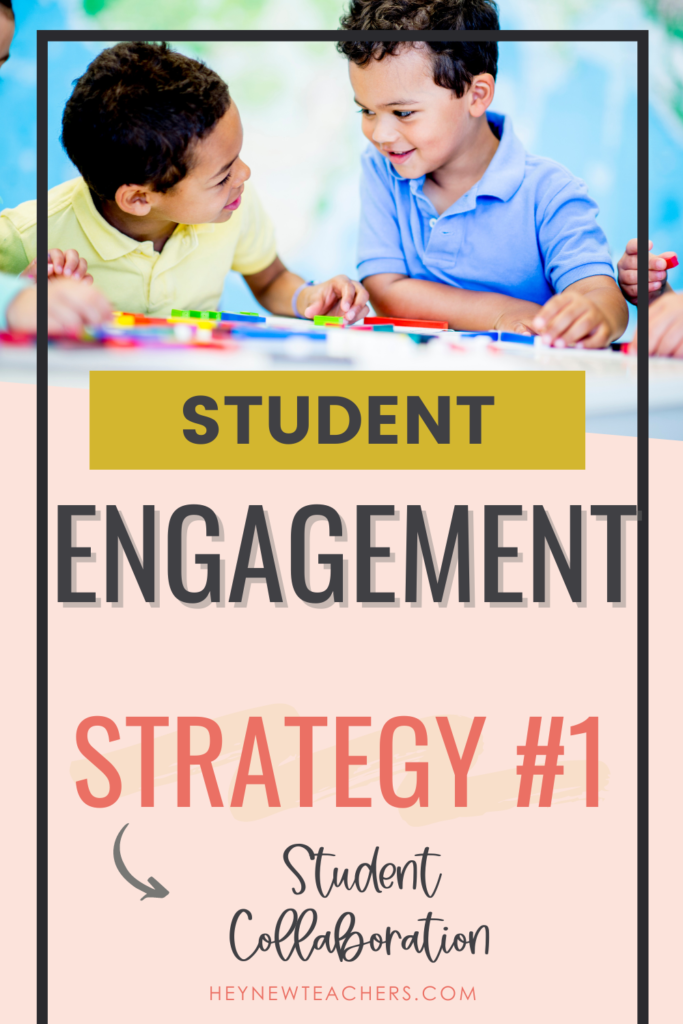
Think-Pair-Share
Engage your students by incorporating structured talk into your lessons. Think-Pair-Share is a powerful strategy: pose a question, provide think time, have students share with their partners, and then bring the discussion to the whole class. This not only ensures every student participates but also exposes them to diverse perspectives, fostering an environment rich in strategies for student engagement.
Mingle Mingle
When you want to get students moving, try Mingle Mingle. Pose a question, instruct students to form groups of a specific size, and let them share their answers. It injects an element of movement and adds a dynamic touch to the learning experience, contributing to your repertoire of strategies for student engagement.
Sticky-Note Storm
For a more in-depth collaboration experience, introduce Sticky-Note Storm. Pose a question, set a time limit, and have students write down their ideas on sticky notes. This method encourages individual thinking and vibrant group discussions, aligning with effective strategies for student engagement.
Remember, in every lesson, aim for as much student talk as teacher talk to maximize the impact of strategies for student engagement.
Strategy #2: Movement
Children thrive on movement. Incorporate it into your lessons with these four techniques, enhancing your arsenal of strategies for student engagement:
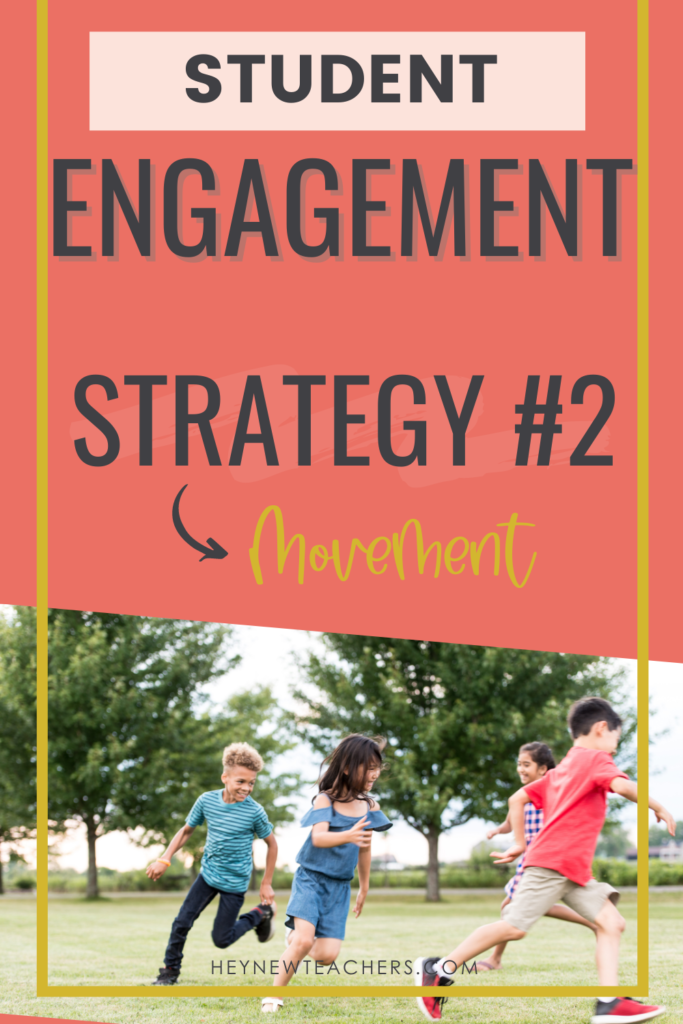
Stand Up Sit Down
Encourage students to stand up instead of raising their hands to answer questions. This simple strategy adds movement to any lesson, contributing to diverse strategies for student engagement.
Scoot
Turn any worksheet or task card set into a movement activity with Scoot. Students move from one desk to another, solving problems along the way. It’s a surefire way to keep them engaged.
Gestures
Liven up lessons by using gestures. Whether for math operations, phonics, or any content area, gestures allow students to move while reinforcing learning.
4 Corners
Get students moving with 4 Corners. Label corners with multiple-choice options, and have students physically move to the corner that corresponds to their choice. This not only adds movement but also facilitates discussions.
Strategy #3: Gamify Lessons
Gamifying lessons can transform the learning experience. Unengaged students perk up at the mention of a game, and it provides a challenge for those who find traditional lessons too easy.
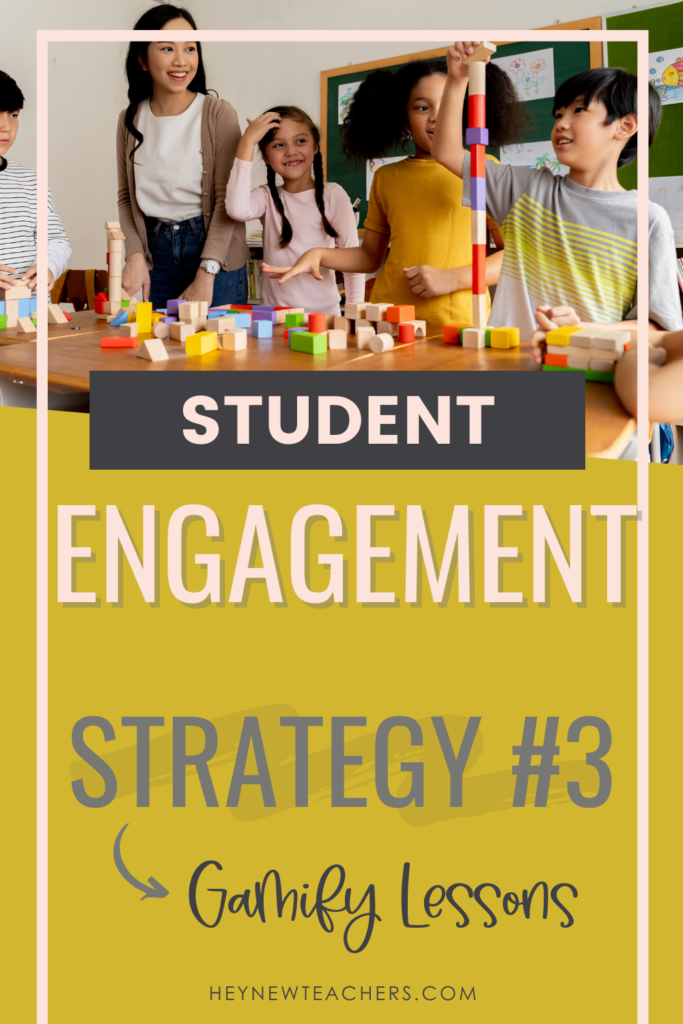
Board Games
Design a board game that aligns with your lesson objectives. Use a blank template, insert math problems, reading tasks, or any content-related challenges. Students roll dice or spin a spinner to navigate the board, making learning a playful experience.
Classroom Races
Turn your lesson into a race. Form teams, have them solve problems or answer questions together, and introduce a competitive element. Races not only boost engagement but also accelerate problem-solving skills.
Game Show Formats
Transform your classroom into a game show. Editable templates for popular shows like Jeopardy, Family Feud, or The Amazing Race are readily available. This strategy guarantees high engagement levels as students enjoy the thrill of competition.
Strategy #4: Student Choice
Empower students by offering choices, expanding your repertoire of strategies for student engagement. Allow them to choose what to learn, how to show what they learned, and the tools they use, or provide a choice board. Giving students a say in their learning increases motivation and engagement.
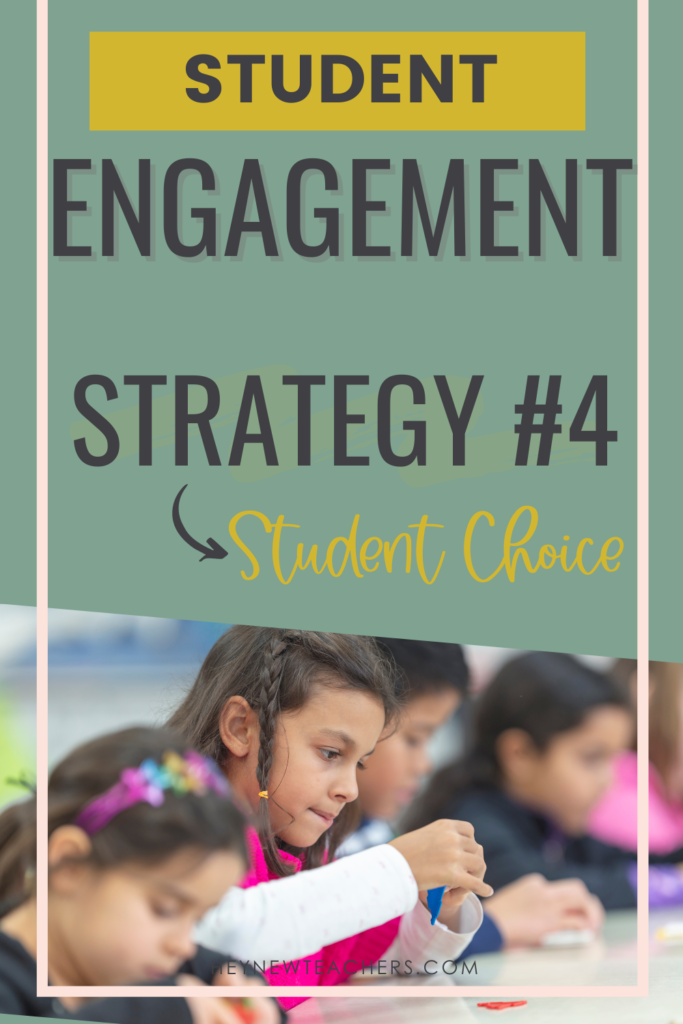
Choosing What to Learn
Let students choose the topic or aspect of a subject they want to explore. Whether it’s selecting an animal for a project, a writing prompt, or deciding between even or odd math problems, granting autonomy fosters a sense of ownership.
Showing Learning Creatively
Encourage students to express their understanding creatively. Mastery doesn’t have to be demonstrated through a standard assessment. Let kids decide how to showcase their knowledge, whether through a video, poster, simulation, or model.
Choosing Tools
Grant students the freedom to choose their tools, enhancing your strategies for student engagement. Whether it’s selecting manipulatives for a math lesson or opting for a specific writing tool, providing choices enhances engagement.
Choice Boards
Though more work on the front end, choice boards are a fantastic way to increase motivation and student engagement. Offering various options accommodates different learning styles and preferences.
Having choices empowers learners to persevere. In the majority of cases, a lack of engagement stems from a lack of motivation. Giving students choice empowers them, which then motivates them to do their best, learn everything they can, and persevere through hard tasks and concepts, emphasizing the motivational aspect of strategies for student engagement.
Strategy #5: Student Interests
Connect with your students by understanding their interests, adding a personalized touch to your strategies for student engagement. Whether through math tasks, reading materials, or writing prompts, incorporating their interests into lessons instantly boosts engagement.
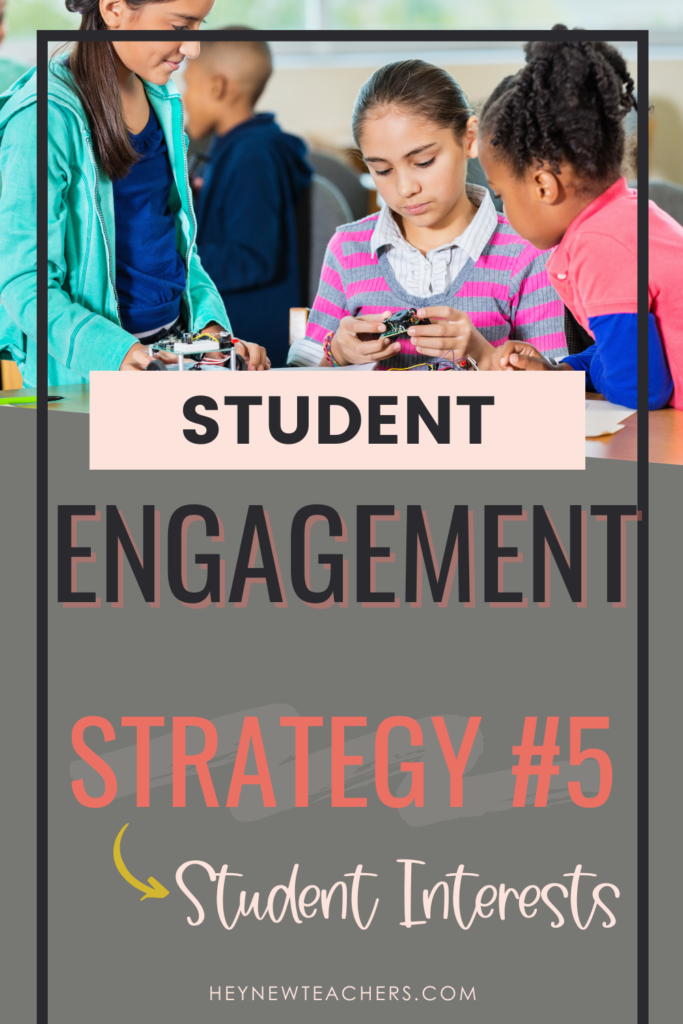
Tailored Math Tasks
Create math tasks or word problems that involve your students’ favorite things, enhancing the relevance of strategies for student engagement. Whether it’s incorporating sports, hobbies, or pop culture, relevance to their interests makes the content more relatable.
Personalized Reading Materials
Find books or reading passages that relate to your student’s interests, customizing your strategies for student engagement. Dive deep into their preferences, and select materials that align with what captivates them outside the classroom.
Engaging Writing Prompts
Make writing enjoyable by using prompts that resonate with their interests, and personalizing your strategies for student engagement. Whether it’s asking them to write about their favorite activities, dream scenarios, or creative narratives, tapping into their passions transforms writing from a chore to a delight.
Before you go, make sure you download my FREE Student Engagement Guide. This guide is packed with 20 strategies for student engagement that you can implement today! Fill in your name and email, and then check your inbox! I’ll send it right over!
So, there you have it – five powerful strategies for student engagement: Student Collaboration, Movement, Gamify Lessons, Student Choice, and Student Interests. I challenge you to choose two strategies to implement in your classroom. Reflect on their impact on student engagement.
Remember, the most well-prepared lesson can only succeed with active student participation.
